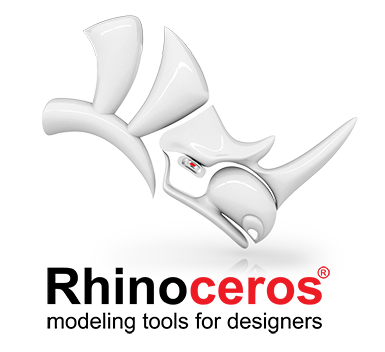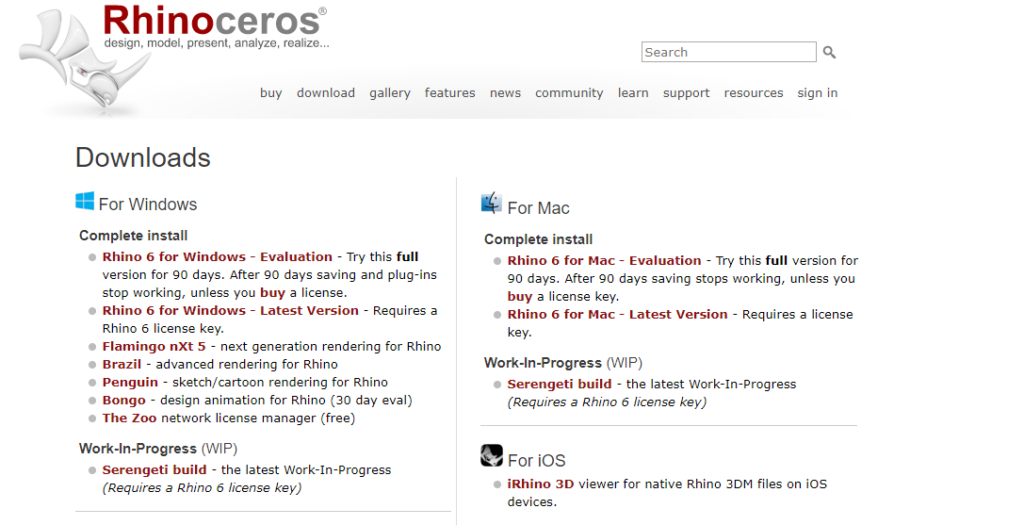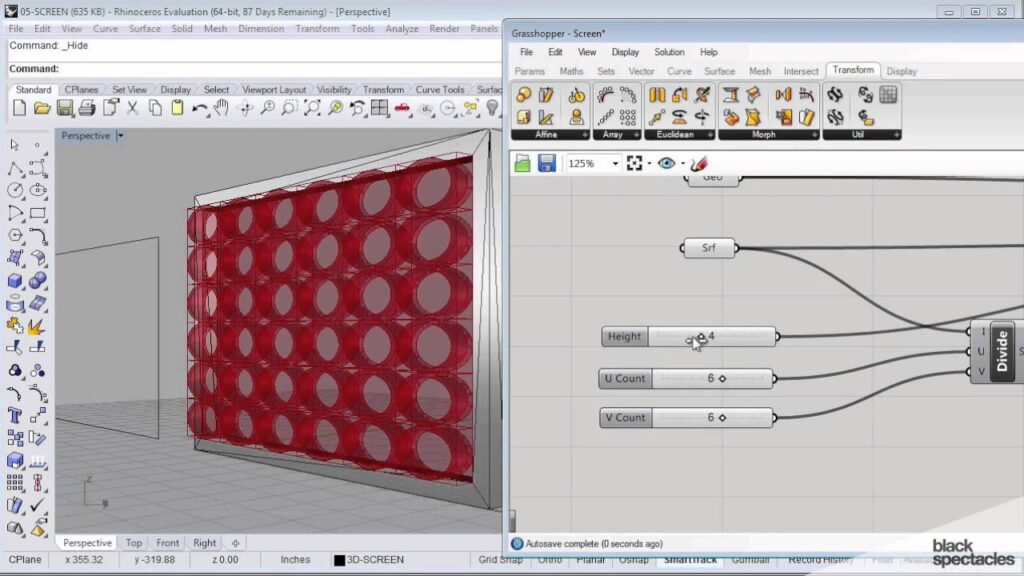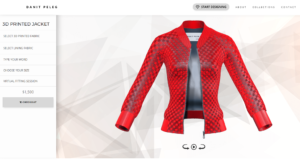After doing research on how we are going to attack this series with our toolbox of resources, we are setting up our environment for exploration. Setting up the build environment is simple enough, but it is vital. Even with our build environment, there are specific subtle things we need to do for our purposes of creation. We will go through some of these items in this article while highlighting some other integral parts.
Firstly we need to download Rhino for our modeling purposes. To do so check out this link for a free 90 day trial version of Rhino. After going through the download instructions, we can now use Rhino. When I first opened Rhino, frankly I was intimidated. I have used various 3D modeling environments and software, but Rhino’s interface is a lot to handle. No disrespect to Rhino as a package as it is great, but it seems to have a steep learning curve. It has various plugins and tools ready for your disposal. Something important to remember is that having various tools is often not the best route when building anything. This is a methodology I take in terms of technical project building as well as physical product manufacturing. My goal with Rhino is to build parametric designs through coding, so I have a precise route to learning. This allows me to get to the meat of what I want to do quickly. I would not benefit from a large overview of Rhino at this point. A lot of what Rhino has tool wise does look intriguing, but we will stay focused when using it. Otherwise our curiosity may let us stray from our path to getting things done.
Download Window for Rhinoceros
The biggest advantage of Rhino is the number of plugins available for it. These plugins are the essence of utility. We will focus on two plugins for Rhino in this series. The first plugin of interest to use is Grasshopper. Grasshopper is an algorithmic modeling plugin for Rhino. It uses a visual programming language vs. a typical text-based coding language. It also gives you the ability to reference geometrical objects from Rhino. The ability to create intriguing geometry quickly and with comparative ease is the main benefit of Grasshopper.
The second plugin of choice for us is Weaverbird. Weaverbird is a topology based modeler. It gives a designer the ability to make known subdivisions and transformation operators. This plugin allows us to automate subdivisions and reconstructing of shapes. It is a great plugin due to its ability to help in fabrication as well as rapid prototyping of ideas.
Something I appreciate from Rhino is how extensive the program is from just looking at it briefly. Various software packages I have used are expansive, but Rhino seems to take things to a different level. The mind of an architect is very expansive, so their tool of choice needs to have various tools within its utility belt. I am excited to somewhat learn the mindset of an “architect” through operating in this program.
For the next installment of this series, we will try to make a simple 2D parametric design that can be extruded into 3D form. I realize the importance of 2D drawing and going to the 3D level as it makes product creation much easier. It flows better and it makes the ability to iterate more intuitive. So look out for that in our next article.
The post Coding for 3D Part 4: Rhino, Grasshopper and Weaverbird Setup appeared first on 3DPrint.com | The Voice of 3D Printing / Additive Manufacturing.

















